大家好,我是LinuxZn。
本次分享sys/queue.h:
什么是sys/queue.h?
queue.h是Linux、FreeBSD中的一個頭文件。
FreeBSD:FreeBSD 是一種類 UNIX操作系統。
這是一個很實用的頭文件,因為這個頭文件里全是宏定義操作,所以其不僅可以使用在Linux/嵌入式Linux項目中,也可以使用在單片機項目中,我也是因為在我們的單片機項目中看到,才知道有這么一個頭文件的。我覺得挺實用的,與大家分享。
它使用宏實現了如下數據結構:
SLIST:單向無尾鏈表
LIST:雙向無尾鏈表
STAILQ:單向有尾鏈表(可作隊列使用)
TAILQ:雙向有尾鏈表(可作隊列使用)
所有的數據結構都支持如下功能:
在鏈表頭插入節點
在任意節點后插入節點
刪除節點
遍歷節點
我們可以在Linux系統的如下路徑中找到這個頭文件:
/usr/include/sys/queue.h
也可以通過如下網址查看:
https://code.woboq.org/userspace/glibc/misc/sys/queue.h.html
sys/queue.h的使用
下面我們基于SLIST來演示其使用。
SLIST相關宏定義:
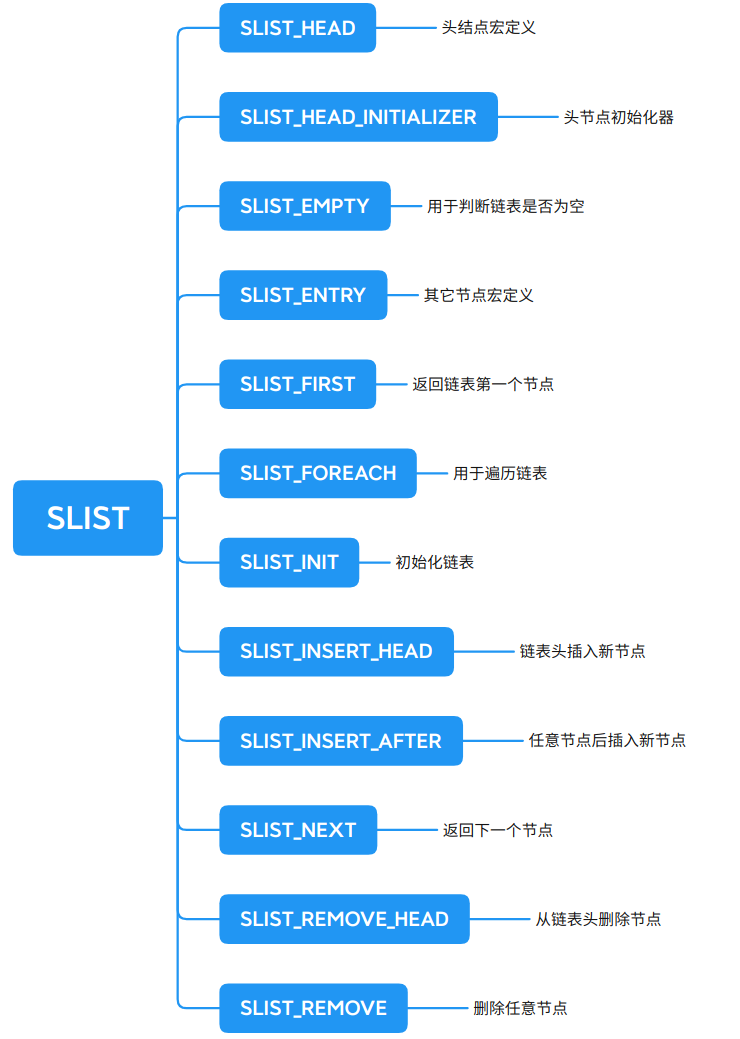
/* ?*?Singly-linked?List?definitions. ?*/ #define?SLIST_HEAD(name,?type)????????? struct?name?{??????????????????? ?struct?type?*slh_first;?/*?first?element?*/???????? } #define?SLIST_HEAD_INITIALIZER(head)??????? ?{?NULL?} #define?SLIST_ENTRY(type)?????????? struct?{?????????????? ?struct?type?*sle_next;?/*?next?element?*/????? } /* ?*?Singly-linked?List?functions. ?*/ #define?SLIST_INIT(head)?do?{????????? ?(head)->slh_first?=?NULL;????????? }?while?(/*CONSTCOND*/0) #define?SLIST_INSERT_AFTER(slistelm,?elm,?field)?do?{??? ?(elm)->field.sle_next?=?(slistelm)->field.sle_next;??? ?(slistelm)->field.sle_next?=?(elm);??????? }?while?(/*CONSTCOND*/0) #define?SLIST_INSERT_HEAD(head,?elm,?field)?do?{???? ?(elm)->field.sle_next?=?(head)->slh_first;????? ?(head)->slh_first?=?(elm);????????? }?while?(/*CONSTCOND*/0) #define?SLIST_REMOVE_HEAD(head,?field)?do?{?????? ?(head)->slh_first?=?(head)->slh_first->field.sle_next;?? }?while?(/*CONSTCOND*/0) #define?SLIST_REMOVE(head,?elm,?type,?field)?do?{???? ?if?((head)->slh_first?==?(elm))?{??????? ??SLIST_REMOVE_HEAD((head),?field);?????? ?}??????????????? ?else?{?????????????? ??struct?type?*curelm?=?(head)->slh_first;???? ??while(curelm->field.sle_next?!=?(elm))????? ???curelm?=?curelm->field.sle_next;????? ??curelm->field.sle_next?=???????? ??????curelm->field.sle_next->field.sle_next;???? ?}??????????????? }?while?(/*CONSTCOND*/0) #define?SLIST_FOREACH(var,?head,?field)??????? ?for((var)?=?(head)->slh_first;?(var);?(var)?=?(var)->field.sle_next) /* ?*?Singly-linked?List?access?methods. ?*/ #define?SLIST_EMPTY(head)?((head)->slh_first?==?NULL) #define?SLIST_FIRST(head)?((head)->slh_first) #define?SLIST_NEXT(elm,?field)?((elm)->field.sle_next)
?
下面我們通過實例來操作。
首先,創建鏈表頭節點、其它節點結構體,用到SLIST_HEAD與SLIST_ENTRY這兩個宏定義:
?
#define?ELEM_TYPE?int
/*?鏈表節點?*/
typedef?struct?node?
{
????ELEM_TYPE?data;
????SLIST_ENTRY(node)?field;?
}node_st;
/*?鏈表頭?*/
typedef?SLIST_HEAD(head,?node)?head_st;
?
鏈表數據域類型我們定義為int,field表示的是指針域。
① 創建一個頭結點:
?
/*?創建鏈表頭節點并初始化?*/ head_st?*head?=?(head_st?*)malloc(sizeof(head_st)); SLIST_INIT(head);
?
頭節點:不存任何數據的空節點,通常作為鏈表的第一個節點。
② 在鏈表頭部分別插入節點node1、node2:
?
/*?頭插法插入一個節點node1?*/ node_st?*node1?=?(node_st?*)malloc(sizeof(node_st)); node1->data?=?1; SLIST_INSERT_HEAD(head,?node1,?field); /*?頭插法插入一個節點node2?*/ node_st?*node2?=?(node_st?*)malloc(sizeof(node_st)); node2->data?=?2; SLIST_INSERT_HEAD(head,?node2,?field);
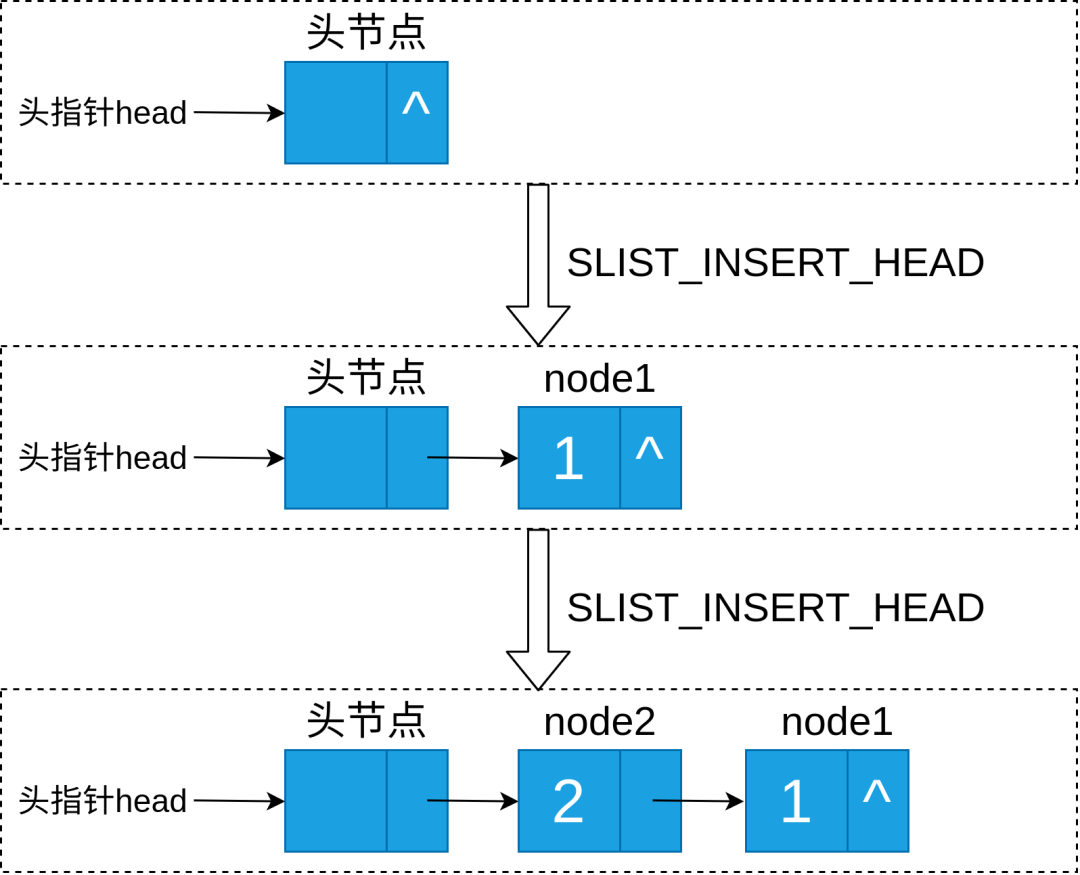
?
頭指針:永遠指向鏈表第一個節點的位置。
SLIST_INSERT_HEAD是從鏈表頭部插入節點,新節點總是從頭結點之后插入。
③ 在鏈表節點node2之后插入節點node3:
?
node_st?*node3?=?(node_st?*)malloc(sizeof(node_st)); node3->data?=?3; SLIST_INSERT_AFTER(node2,?node3,?field);
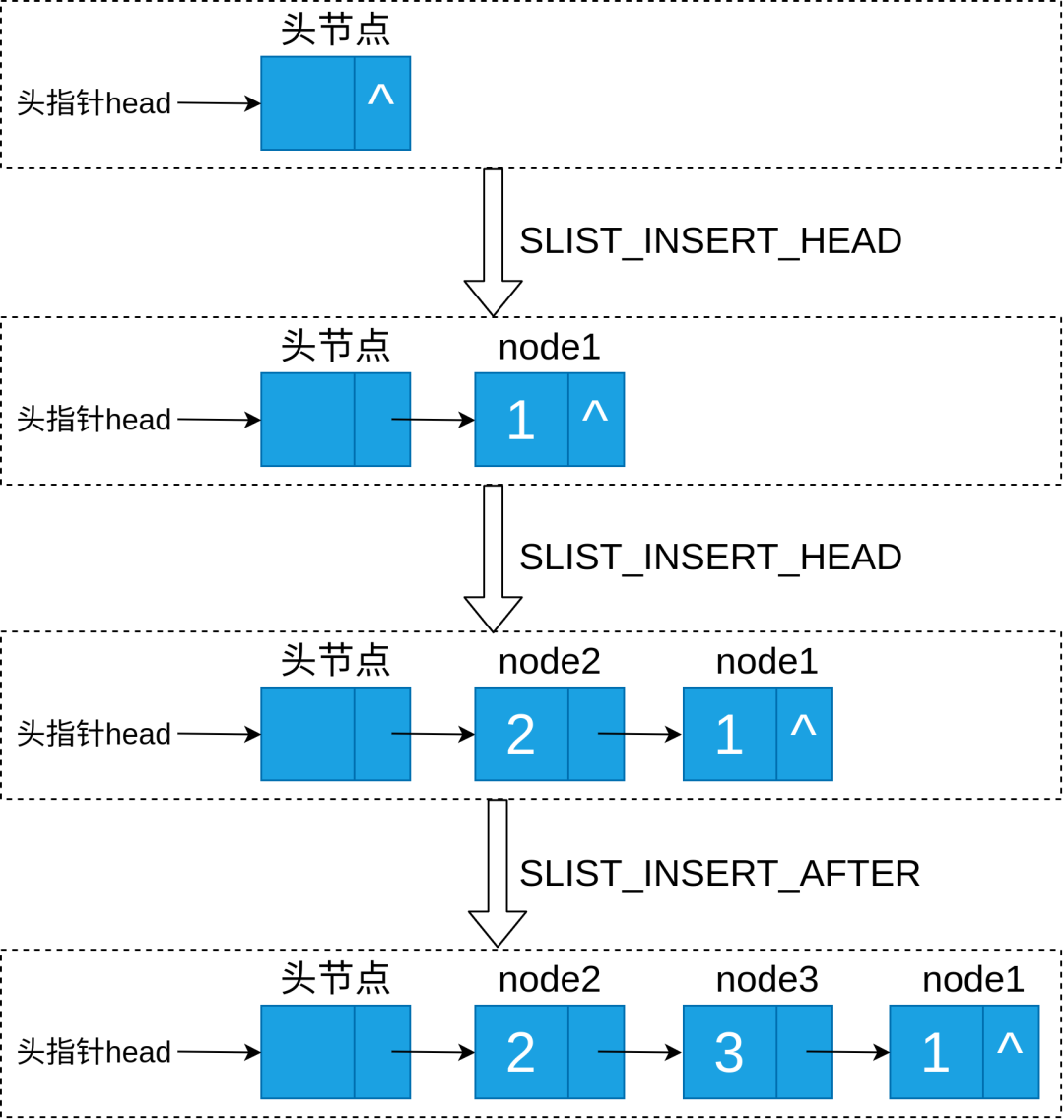
?
SLIST_INSERT_AFTER是從指定節點slistelm之后插入新節點elm。
④ 遍歷鏈表:
?
node_st?*tmp_elm;
SLIST_FOREACH(tmp_elm,?head,?field)
{
?printf("%d?",?tmp_elm->data);
}
?
輸出為tmp_elm,訪問tmp_elm即可。
⑤ 刪除某個節點node2
?
SLIST_REMOVE(head,?node2,?node,?field); free(node2); node2?=?NULL;
?
⑥ 銷毀整個鏈表
?
while?(!SLIST_EMPTY(head))?
{????
????node_st?*p?=?SLIST_FIRST(head);
????SLIST_REMOVE_HEAD(head,?field);
????free(p);
????p?=?NULL;
}
free(head);
head?=?NULL;
?
完整測試代碼:
?
#include?#include? #include? #define?ELEM_TYPE?int /*?鏈表節點?*/ typedef?struct?node? { ????ELEM_TYPE?data; ????SLIST_ENTRY(node)?field;? }node_st; /*?鏈表頭?*/ typedef?SLIST_HEAD(head,?node)?head_st; int?main(void) { ????/*?創建鏈表頭節點并初始化?*/ ????head_st?*head?=?(head_st?*)malloc(sizeof(head_st)); ????SLIST_INIT(head); ????/*?頭插法插入一個節點node1?*/ ????node_st?*node1?=?(node_st?*)malloc(sizeof(node_st)); ????node1->data?=?1; ????SLIST_INSERT_HEAD(head,?node1,?field); ????/*?頭插法插入一個節點node2?*/ ????node_st?*node2?=?(node_st?*)malloc(sizeof(node_st)); ????node2->data?=?2; ????SLIST_INSERT_HEAD(head,?node2,?field); ????/*?遍歷打印當前鏈表節點?*/ ????printf("list: "); ????node_st?*tmp_elm; ????SLIST_FOREACH(tmp_elm,?head,?field) ????{ ????????printf("%d?",?tmp_elm->data); ????} ????printf(" "); ????/*?尾插法插入一個節點node3?*/ ????printf("insert?node3: "); ????node_st?*node3?=?(node_st?*)malloc(sizeof(node_st)); ????node3->data?=?3; ????SLIST_INSERT_AFTER(node2,?node3,?field); ????SLIST_FOREACH(tmp_elm,?head,?field) ????{ ????????printf("%d?",?tmp_elm->data); ????} ????printf(" "); ????/*?刪除node2?*/ ????printf("delete?node2: "); ????SLIST_REMOVE(head,?node2,?node,?field); ????free(node2); ????node2?=?NULL; ????SLIST_FOREACH(tmp_elm,?head,?field) ????{ ????????printf("%d?",?tmp_elm->data); ????} ????printf(" "); ????/*?銷毀鏈表?*/ ????while?(!SLIST_EMPTY(head))? ????{???? ????????node_st?*p?=?SLIST_FIRST(head); ????????SLIST_REMOVE_HEAD(head,?field); ????????free(p); ????????p?=?NULL; ????} ????free(head); ????head?=?NULL; ????return?0; }
?
編譯、運行:

運行結果與我們上面分析的一致。
本次我們只分享queue.h里最簡單的數據結構。其它幾種數據結構的使用例子及相關宏說明可以通過man命令查看。
man是Linux下的幫助命令。
我們輸入 man queue 即可查到queue.h的相關說明:
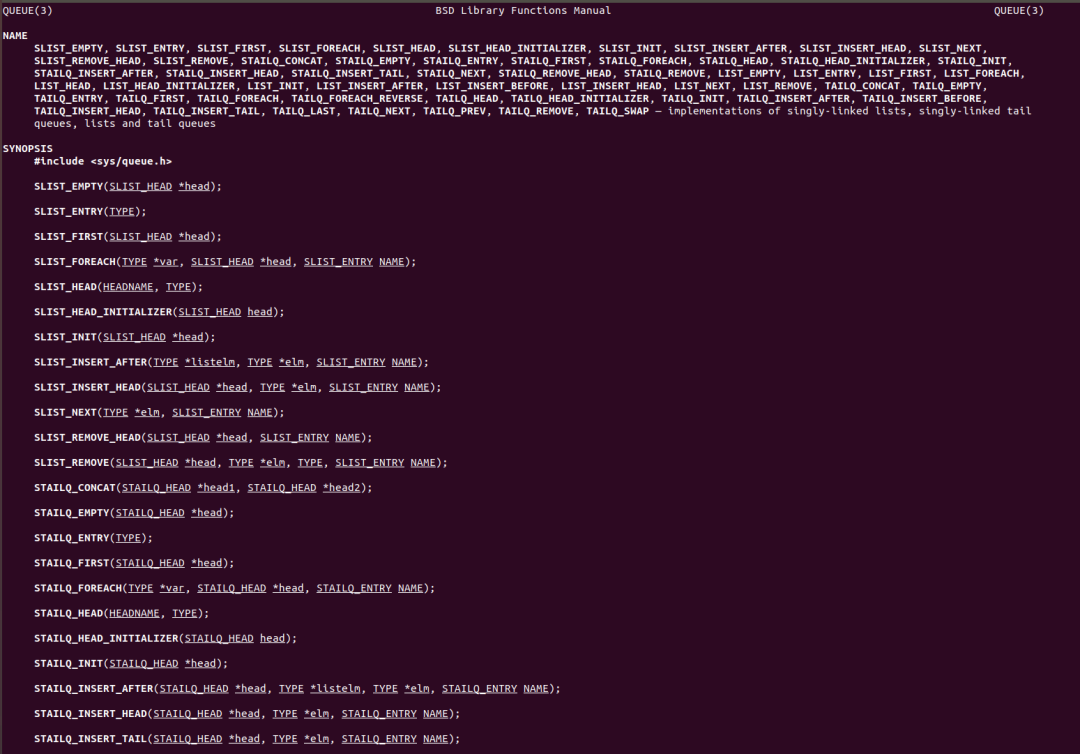

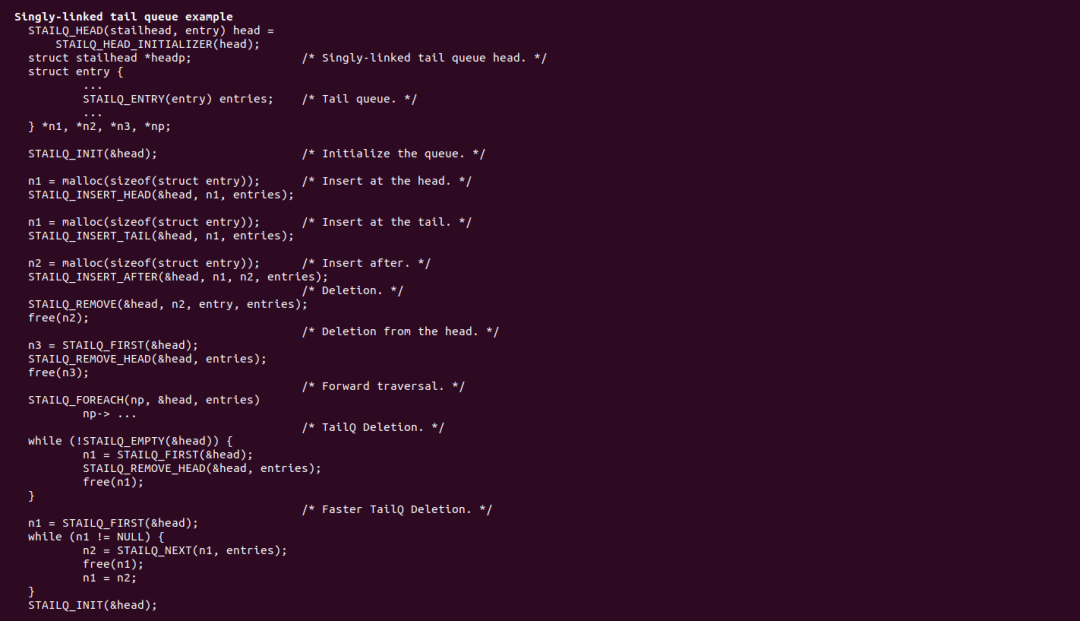
可以看到,man命令很強大,可查到queue的幫助說明很詳細,有宏的說明及使用示例等。
以上就是本次的分享,文章如有錯誤,歡迎支持,謝謝!我們下期見~
審核編輯:湯梓紅
 電子發燒友App
電子發燒友App









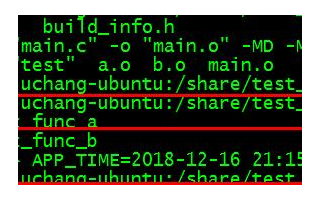


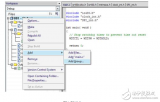





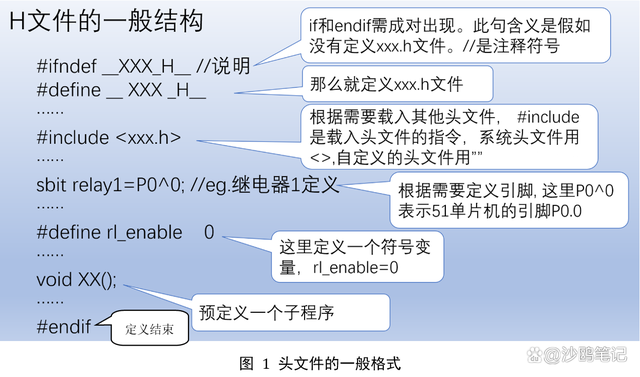
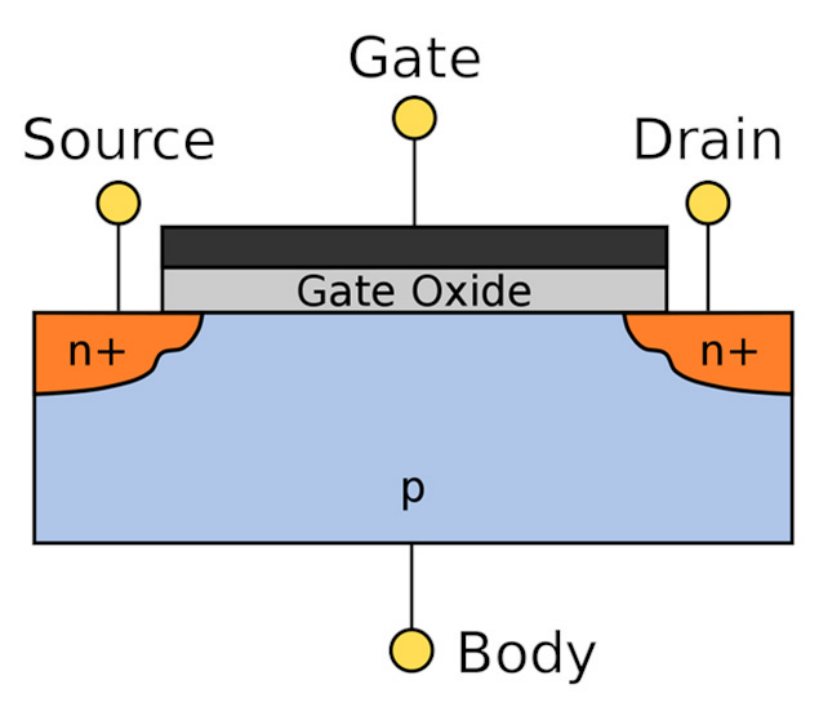










評論